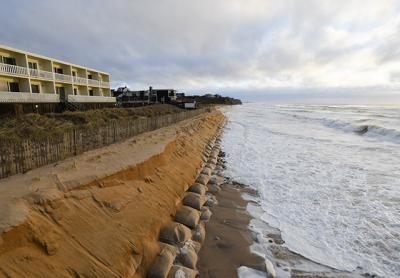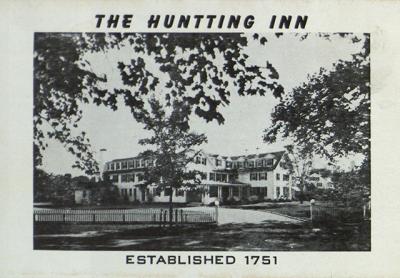Benefit Increase for E.H. Ambulance Volunteers Passes
Benefit Increase for E.H. Ambulance Volunteers Passes
East Hampton Village residents approved an increase in the village's contribution to a pension-like incentive program for volunteer ambulance members in a referendum held on Tuesday.
The vote was 58 to 2 in favor of increasing the benefit of the Length of Service Award Program, or LOSAP, from $20 per month for each year of volunteer service to $30 per month for each year of service, said Becky Molinaro Hansen, the village administrator. The benefit, which will start on Jan. 1, will match the incentive received by fire department volunteers.
The maximum monthly service award amount eligible volunteers will be able to accrue, once they reach retirement age, will now go from $800 to $1,200, based on the credits earned from 40 years of service.









